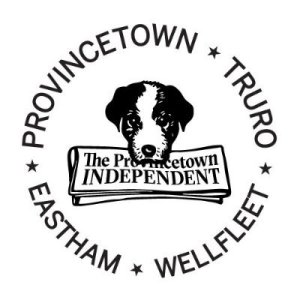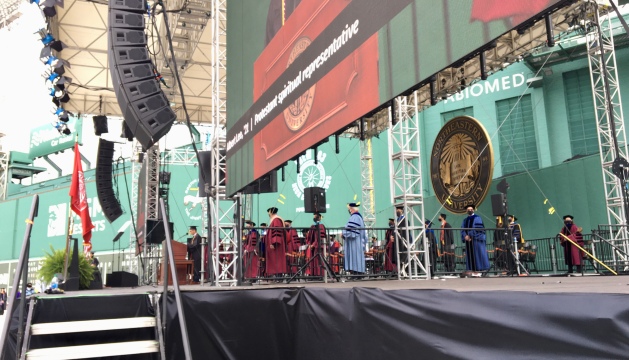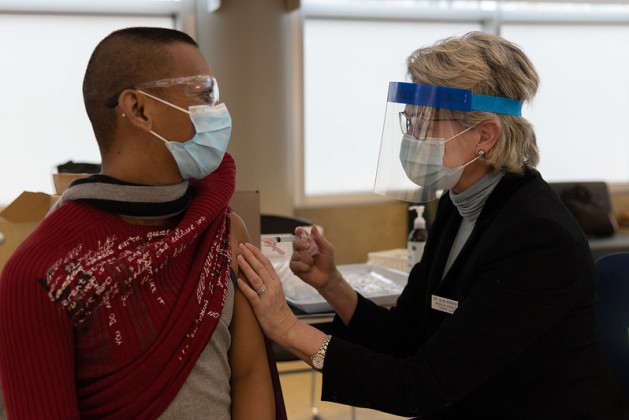 Launching a community news outlet at a time when local news is under siege might seem like a foolhardy risk. But journalists with an entrepreneurial spirit are taking that risk — and, for some, it’s paying off.
Launching a community news outlet at a time when local news is under siege might seem like a foolhardy risk. But journalists with an entrepreneurial spirit are taking that risk — and, for some, it’s paying off.
Take, for example, The Provincetown Independent. Founded in October 2019, the weekly competes with Gannett’s Provincetown Banner. According to co-founder and editor Ed Miller, the Independent already has more than 100 advertisers and a full-time staff of 10, including three editors and three and a half reporters, as well as a number of freelancers. He and the other co-founder, publisher Teresa Parker, are aiming for break-even and a staff of 20 by year five.
“The fact is that the majority of these legacy small-town papers are actually doing perfectly well,” Miller said last week at an event at Northeastern University’s School of Journalism via Zoom. He added, though, that “they’re not making anybody rich.”
The Independent covers four towns — Provincetown, Truro, Wellfleet and Eastham. The paper has both a print and a paywalled digital edition. Although a number of local news startups are digital-only, Miller said he’s convinced that print is necessary for a for-profit enterprise such as his, since it’s a more effective way to attract advertisers. (The Independent is a public-benefit corporation, which means, according to its About page, that it is “committed to prioritizing the social and environmental benefits of our corporate decision-making.”)
The formula has worked, he said, noting that the current edition comprises 32 pages, 27% of which are advertising.
One type of advertising he’s not getting are legal notices, a problem he blamed on town officials who don’t like the tough coverage the Independent is providing. Instead, legals continue to go to the Banner and another Gannett weekly, the Cape Codder, whose coverage area overlaps with the Independent in Eastham.
Miller began his career as a small-town newspaper owner in the town of Harvard in 1973, an experience that led him to co-write a 1978 book called “How to Produce a Small Newspaper.” He worked for four years for the Banner before deciding to launch his own venture, saying that GateHouse Media, which later acquired Gannett and took its name, “pretty much systematically stripped it of all its staff and other capacities.”
Become a member of Media Nation today
As for the Independent, he said the paper now has paid print circulation of about 3,200 (subscriptions plus newsstand sales), with another 450 digital-only subscribers, most of whom live far from Cape Cod.
The paper’s revenues last year were about $640,000, with $217,000 coming from subscriptions and $242,000 from advertising. Nearly $70,000 came in the form of government assistance related to the pandemic, and another $74,000 was from donations and grants to the Independent’s nonprofit arm, which it uses to pay interns and cover the cost of in-depth reporting on issues like climate change, affordable housing, health care and LGBTQ issues.
Although not every local news startup is as successful as the Independent, there has been an upsurge in recent years of independently owned community outlets. Some are for-profit, some are nonprofit. Some are online-only, some have a print edition. Some were launched to challenge a chain-owned newspaper, some were founded in communities with no news outlet. Later this week, LION (Local Independent Online News) Publishers will release a study showing that the number of independents in the U.S. and Canada has risen by 50% over the past five years.
What all of these startups have in common is that, even with the challenges to local news posed by the likes of Craigslist, Facebook and Google, independents can succeed.
“We hear from people in various other places where their papers have really withered and they’ve heard about what we’re doing,” Miller said. “Every place is different. What we’re doing out here in Provincetown is geared to this place. People will need to find their own ways of making this work wherever they are.”
Correction. This post has been updated regarding the length of Miller’s tenure at the Provincetown Banner and the Independent’s total print circulation.
 The Center for Spiritual Life, Dialogue and Service held a remembrance for the victims of the 9/11 terrorist attacks earlier today. The service, marking the 20th anniversary, centered on the life of Candace Lee Williams, an accounting major who died on American Airlines Flight 11 at the age of 20.
The Center for Spiritual Life, Dialogue and Service held a remembrance for the victims of the 9/11 terrorist attacks earlier today. The service, marking the 20th anniversary, centered on the life of Candace Lee Williams, an accounting major who died on American Airlines Flight 11 at the age of 20.











